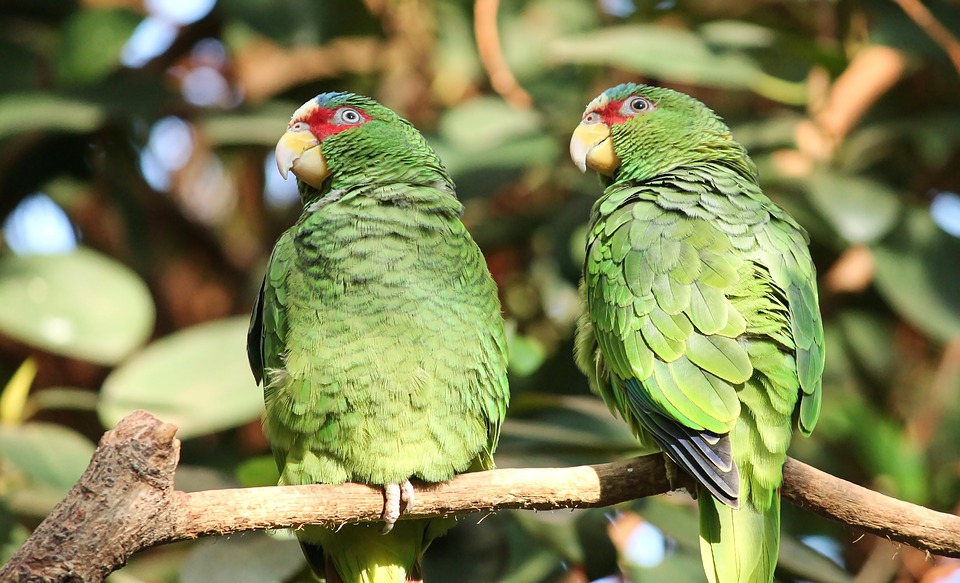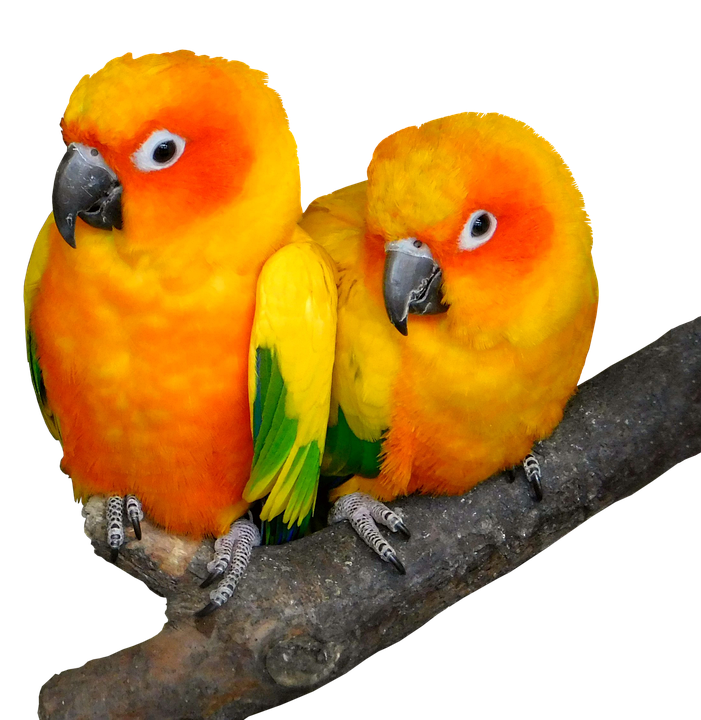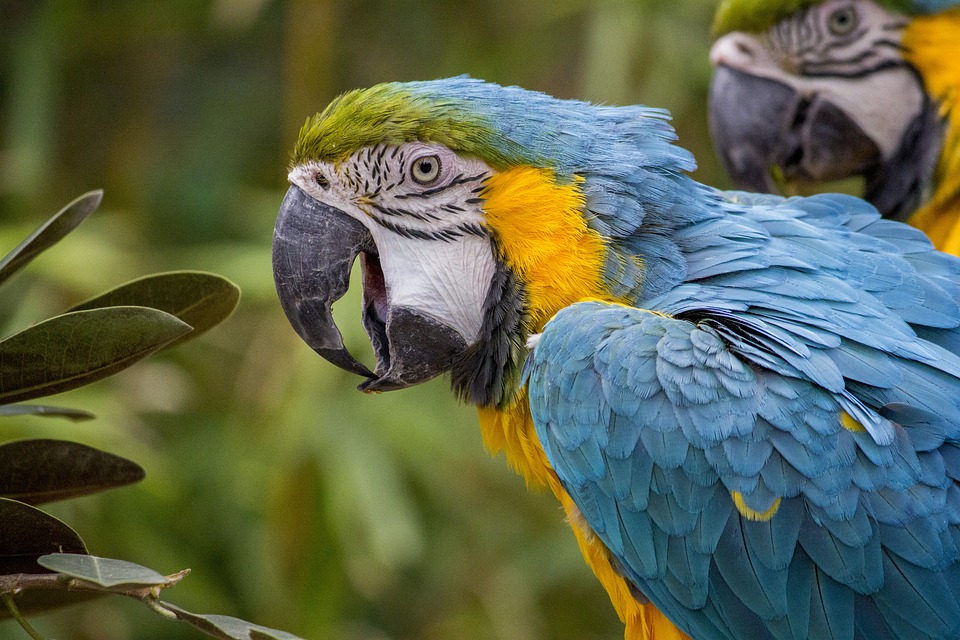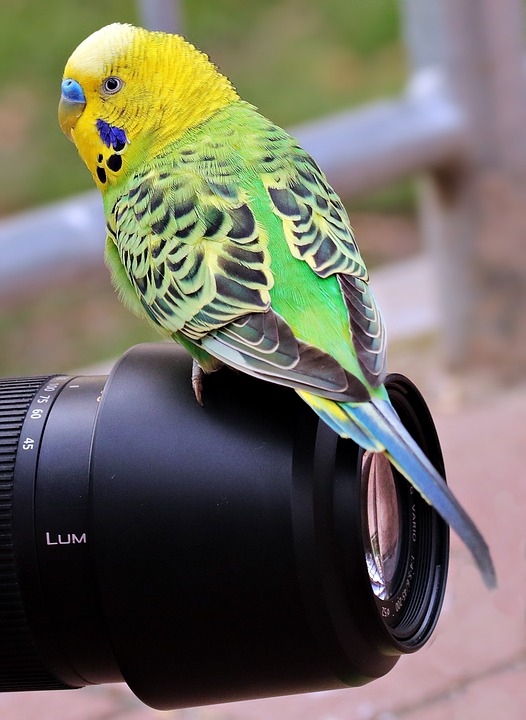Parrot training is essential for the mental stimulation and well-being of these intelligent birds. It also helps strengthen the bond between the parrot and its owner. To ensure consistent learning and progress, it is crucial to create a parrot training schedule. This article will guide you through the process of developing an effective training schedule for your parrot.
A parrot training schedule is important for several reasons. Firstly, consistency is key for any animal, including parrots. By following a training schedule, you provide your parrot with regular and consistent training sessions, which reinforces learning and improves their overall behavior.
Secondly, having a schedule helps you stay organized and dedicated to your parrot’s training needs. It allows you to set goals, track progress, and identify areas that require further attention. With a schedule in place, you can better manage your time and ensure that both you and your parrot make the most of your training sessions.
Here are the steps to creating an effective parrot training schedule:
1. Identify Training Goals: Determine what you want to achieve through training. Whether it’s teaching your parrot basic commands, overcoming behavioral issues, or learning complex tricks, clearly defining your goals will help structure your training schedule accordingly.
2. Consider Time Availability: Assess your daily routine and identify time slots that are suitable for training. Aim for at least two short training sessions per day, each lasting around 10-15 minutes. Consistency is key, so ensure you stick to the chosen time slots as much as possible.
3. Choose Optimal Training Environment: Select a quiet and distraction-free area for training sessions. Minimize any potential disruptions, such as loud noises or other pets, to help your parrot focus on the training exercises.
4. Break Down Training Sessions: Divide your training sessions into smaller, manageable tasks. Start with basic commands, such as “step up” or “wave,” before progressing to more advanced behaviors. Each training session should focus on one specific behavior or command to avoid overwhelming your parrot.
5. Use Positive Reinforcement: Positive reinforcement is vital in parrot training. Reward your parrot with their favorite treats, praise, or gentle physical touch whenever they successfully perform a desired behavior. This encourages them to repeat the action and reinforces positive associations with training.
6. Monitor Progress and Adjust: Regularly assess your parrot’s progress and adjust the training schedule accordingly. If your parrot grasps a behavior quickly, you can move on to the next one. However, if they struggle with a particular command, dedicate more training time to that specific behavior until they master it.
Now, let’s address some frequently asked questions related to parrot training schedules:
Q: How often should I train my parrot?
A: Aim for two short training sessions per day, each lasting around 10-15 minutes.
Q: Can I train my parrot at any time of the day?
A: It’s best to choose consistent time slots that align with your parrot’s natural activity patterns.
Q: How long does it take for a parrot to learn a new behavior?
A: The learning speed varies for each parrot. Some may learn quickly, while others may take longer. Be patient and consistent with your training efforts.
Q: Can I train my parrot using negative reinforcement?
A: Negative reinforcement techniques should be avoided as they can lead to fear, aggression, and trust issues. Stick to positive reinforcement methods for effective and ethical training.
By creating a parrot training schedule and following these guidelines, you can nurture a well-behaved and mentally stimulated parrot. Remember to be patient, consistent, and to always use positive reinforcement techniques for the best training outcomes.









